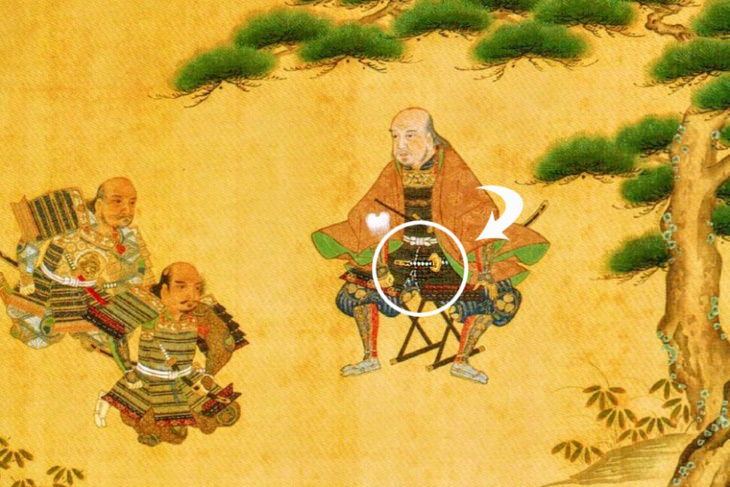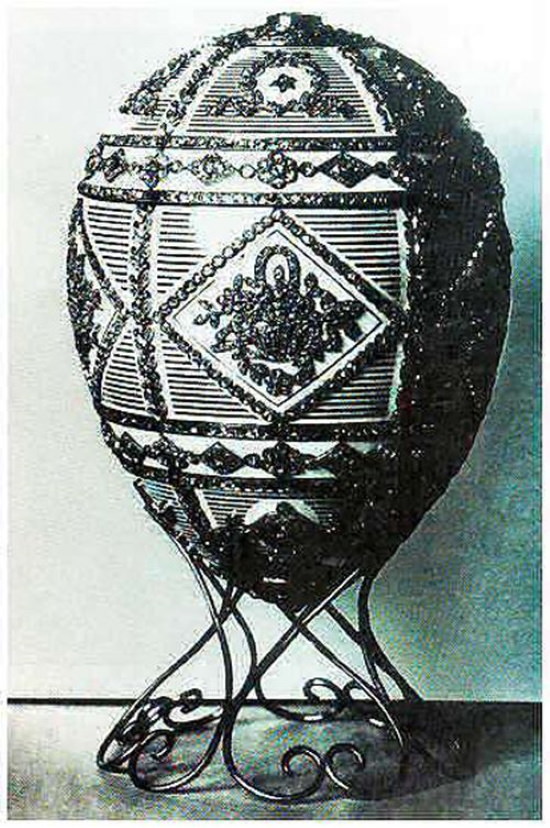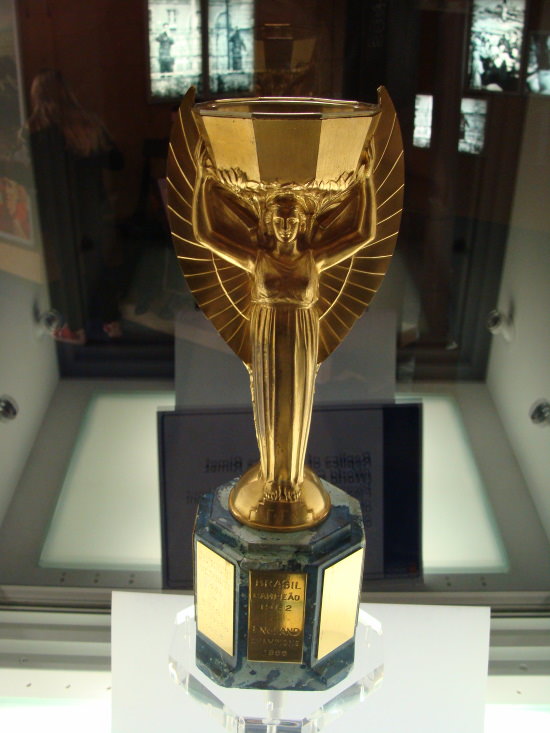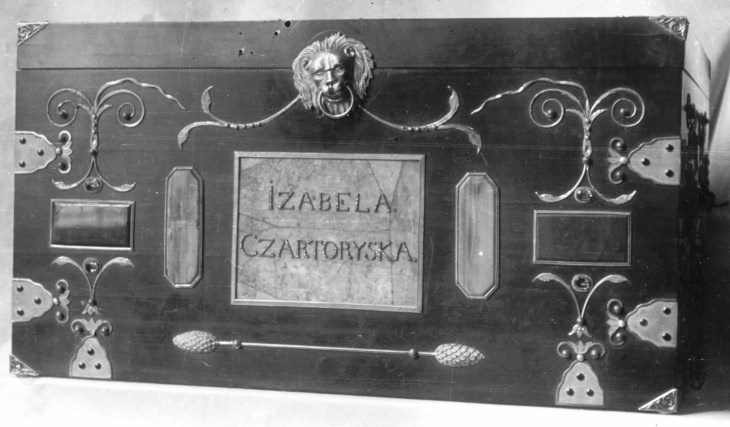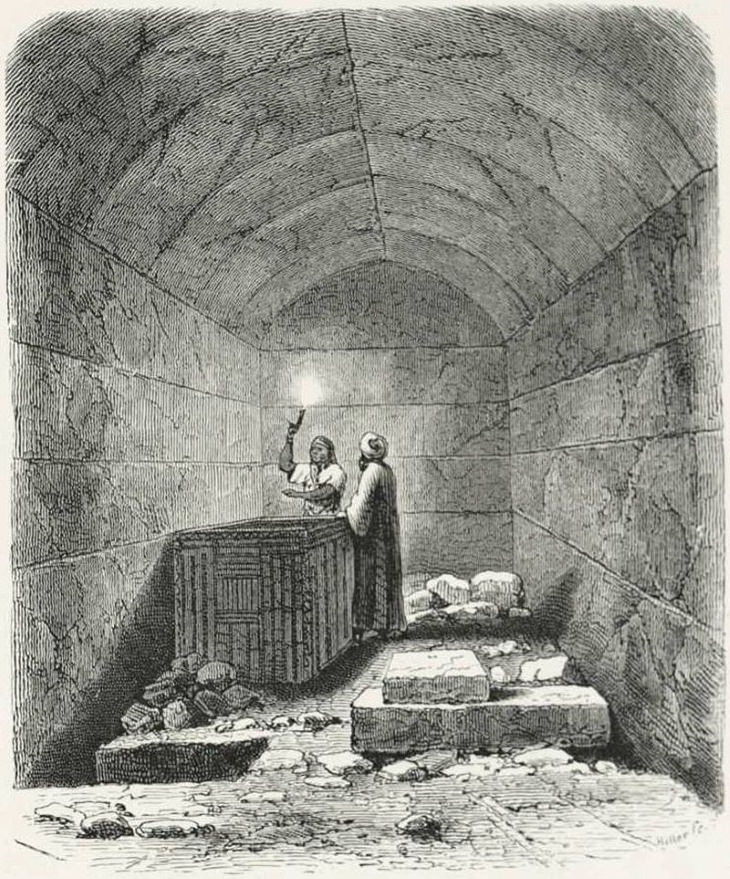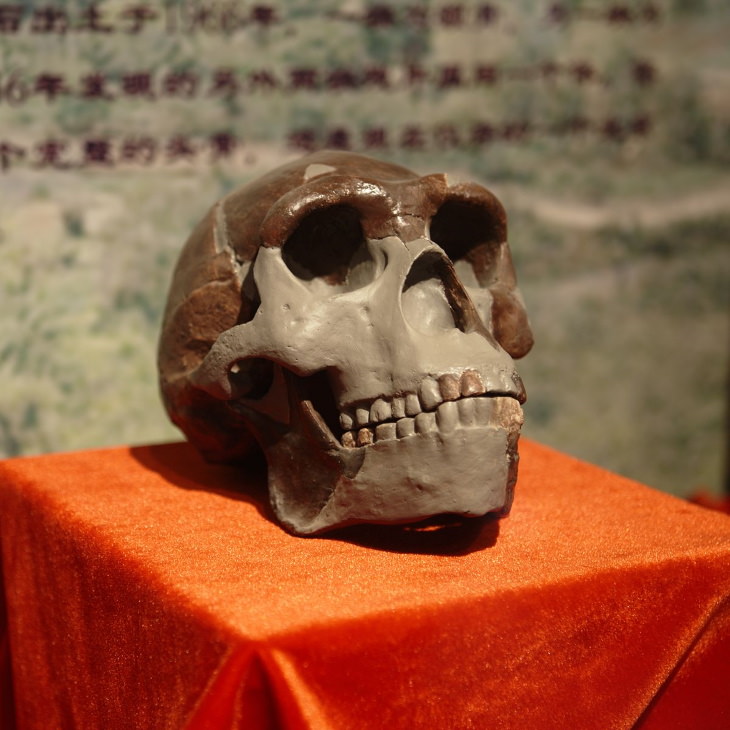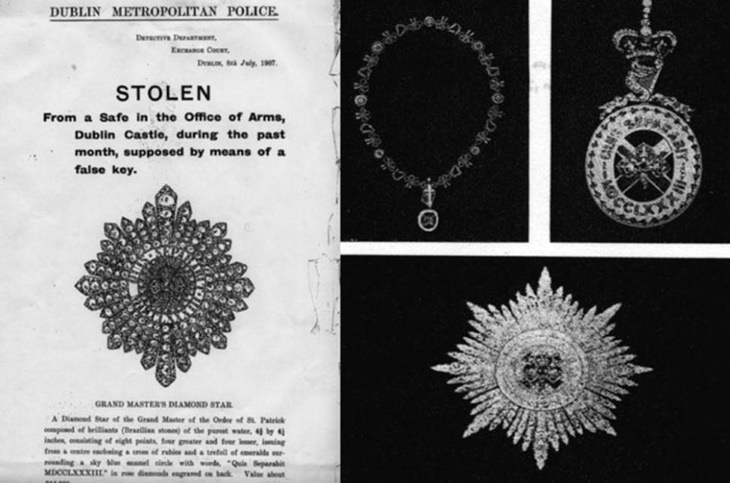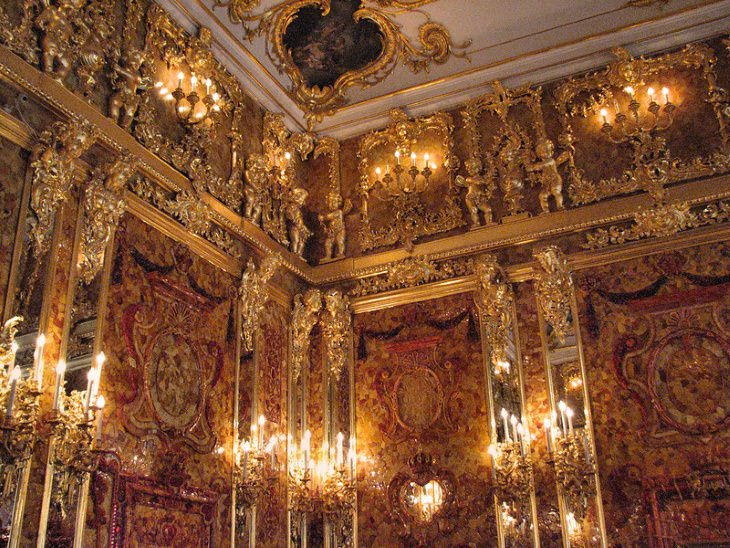1. The Honjo Masamune Katana
This 13th-century katana crafted by the most renowned swordsmiths in Japanese history, Gorō Nyūdō Masamune, was one of Japan’s most prized treasures, passed on from generation to generation of ruling Shoguns for 700 years.
After Japan’s surrender to the US at the end of World War II, the legendary sword was taken by an unknown US sergeant to be destroyed like many other Japanese swords, but it is believed by historians who had tried to trace the sword’s location that the American took the prized katana with him back to the United States. The Honjo Masamune has never been seen again.
2. The Imperial Easter Eggs
One of the Missing Imperial Faberge Eggs, a Photo from a Pre 1917 Catalog Image Source:
Wikimedia Commons
The House of Faberge, a high-profile jewelry company from St. Petersburg, is famous for making intricately designed eggs made of precious stones and metals, with the most expensive piece being sold for a ridiculously extravagant sum of 8.9 million pounds on an auction in 2007! Faberge created at least 50 such priceless art objects for the Russian Imperial family as a yearly Easter present for the Empress Maria Feodorovna and the Empress Alexandra Feodorovna from the Tsars Alexander III and Nicholas II from 1885 to 1916.
During the Russian Revolution, the imperial palaces were ransacked, and countless treasures, including at least some of the eggs, were moved to the Kremlin Armoury. Over the course of a century, several of the remaining stolen eggs appeared in private collections across the globe under mysterious circumstances, and yet, the location of 6 of these imperial treasures remains unknown.
3. Jules Rimet Trophy
The Jules Rimet Cup was the original FIFA World Cup Trophy awarded every year since 1930 to the soccer team that won the World Cup tournament. The gold-plated sterling silver trophy was named after the FIFA founder and president Jules Rimet, and it depicts the ancient Greek goddess of victory.
According to the rules of the tournament, the team who wins the tournament for three consecutive years would gain permanent possession of the trophy, which is exactly what happened in 1970 when the Brazil team won thrice in a row and the trophy was sent to Rio de Janeiro. Alas, in 1983, the trophy was stolen, and it is suspected that the thieves have melted it down.
4. The Royal Casket
Following the Third Partition of Poland in 1795, when the once-mighty empire was divided between Prussia, the Habsburg Monarchy and the Russian Empire, Izabela Czartoryska, a Polish princess, collected 73 precious relics commemorating the history of Polish royalty in the so-called Royal Casket in 1800.
The casket contained several priceless pieces of jewelry, paintings, and other personal belongings of Polish royalty, which the princess first hid in a museum she built in the city of Puławy, but it was subsequently moved to Krakow during the Polish uprising. Over a century later, in 1939, during the beginning of World War II, the location of the casket was uncovered by Nazi occupants, who robbed the Casket and divided its contents among themselves. None of the items contained in the Royal Casket were ever seen again.
5. The Sarcophagus of Menkaure
The Pyramid of Menkaure is the smallest of the Ancient Egyptian pyramids in Giza, the entrance to which had been discovered in 1837 by British explorer Howard Vyse. The 4,500-year-old tomb of the pharaoh himself has been found in a large, heavily decorated basalt sarcophagus inscribed with Menkaure’s name. This is one of the very few high ranking Egyptian sarcophagi found from this era, a real treasure.
In October of 1938, the priceless relic was shipped off to Great Britain, but unfortunately, the ship carrying it never completed its trip, sinking to the bottom of the Mediterranean Sea somewhere between Malta and Cartagena. Neither the sarcophagus nor the shipwreck itself was ever found.
6. The Florentine Diamond
The 137.27-carat (27.454 g) yellow diamond is the largest of its kind, and its value had been around $750,000 back in the 17th century when it was first recorded. Although the precise origins of the magnificent precious stone are unknown, historians know for a fact that it had been transferred to the Austrian royal Habsburg family when the last member of the Florentine Medici family, the first known owners of the diamond, had died.
Empress Maria Theresa ordered to place the diamond into her Crown Jewels, where it had stayed for centuries until it was stolen during World War I along with the remaining Habsburg Crown Jewels somewhere in Switzerland. Somewhat metaphorically, the famous diamond vanished from the face of the Earth together with the downfall of the Austrian Empire.
7. Peking Man
Replica of the Peking Man's skull at the Paleozoological Museum of China Image Source:
Wikimedia Commons
In 1923, a joint American and European archeological investigation found the remains of the so-called Peking Man on the site in Zhoukoudian near Beijing (at that time, spelled as ‘Peking’ in English). The majority of a skull, several teeth and other bones belonging to the same specimen have been found during the excavation and helped scientists comprehend that they found a new form of Homo erectus, the first hominid to hunt and gather in coordinated groups, care for the injured, and possibly even make art.
In 1937, with the beginning of the Japanese Invasion, the excavation on the site was halted, and four years later, the precious fossil was lost during the war. Though detailed casts of the Peking man have been made, the original fossil is likely lost forever.
8. The Portrait of a Young Man (1514) by Raphael
Raphael is one of the most well known Renaissance artists along with Michelangelo and Leonardo da Vinci, and the Florentine painter hardly needs an introduction. One of his masterpieces, The Portrait of a Young Man, which is often considered to be a self-portrait, has been lost since World War II, and it’s widely known as the most important still missing painting of that time.
The painting has been stolen from the secret stash of the Czartoryski family (yes, the same family that created the Royal Casket) during the Nazi Invasion of Poland and ended up in the hands of Hans Frank, the Nazi governor of occupied Poland in 1941. For four years, Frank traveled with this and other stolen masterpieces from Poland to Germany and back, and the masterpiece was last seen in 1945 in Kraków right before the Nazi troops evacuated from the city.
While many of the stolen paintings of the royal Polish family like the Lady with Ermine by Leonardo da Vinci have been recovered since and returned to the National Museum of Krakow, The Portrait of a Young Man hasn’t, and the museum offers a 100 million US dollar reward for the return of the masterpiece.
9. The Crown Jewels of Ireland
The full name of these jewels is the Jewels Belonging to the Most Illustrious Order of Saint Patrick, which probably gives you a hint that the jewels aren't part of any coronation ceremony, rather they are the regalia for the Grand Master of the Order of St. Patrick. Instead of a crown, the jewels are a star and badge, and they were created in 1831 for George III as King of Ireland and the Grand Master of the Order. The precious jewels were held in a safe within the Dublin Castle, and in 1907, only four days before the start of a visit by King Edward VII, ruler of the British Empire and Ireland, to the city, they were stolen.
There are many rumors and conspiracy theories surrounding the mysterious theft, but officially, no one was put on trial for the missing jewels, and they were never recovered.
10. The Amber Room
A Replica of the Amber Room is on Display at the Catherine Palace Image Source:
Buster&Bubby/ Flickr
One of the greatest gems of the Catherine Palace, the former summer residence of the Russian tsars, is the famous Amber Room. The masterpiece is a set of intricately crafted amber panels with gold leaf and mirror elements that were created in the early 1700s in Berlin and installed in the City Palace, but later gifted to the Russian Tsar Peter I by the Prussian king Frederick William I.
Once expanded and installed in the Catherine Palace, the Amber Room covered 55 square meters and contained a stunning 6 tonnes of amber. During World War II, Nazi forces took over Tsarskoye Selo, the town near St. Petersburg where the palace stands, took down the amber panels and transported them to Königsberg in October of 1941.
The city was heavily attacked and bombed during World War II, and the Amber Room was likely destroyed at this time. Still, some believe that the Amber Room may still be hidden somewhere.

